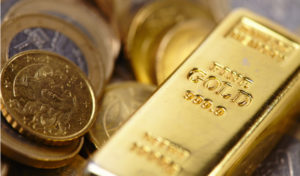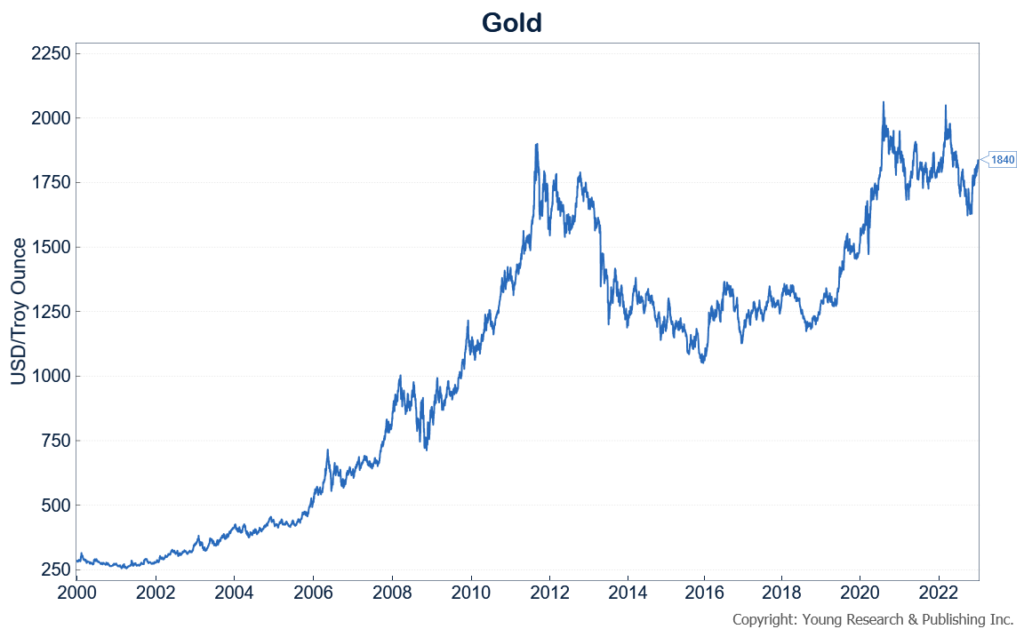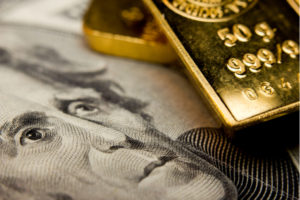UPDATE 1.4.23: Gold prices have risen considerably since their 2022 lows of $1622.65 per ounce on September 26. Prices per ounce closed on January 3 at $1839.61. Prices are rising in dollar terms as the greenback weakens after a record-setting run of strength. Prices for gold still have some way to go to reach their all-time highs from the summer of 2020, at $2063.02 per ounce.
Originally posted November 15, 2021.
Hardika Singh of The WSJ writes, “investors are seeking greater protection from the prospect of lingering consumer-price increases.” She continues (abridged):
A three-decade high in inflation has broken gold from its long 2021 rut, a sign investors are seeking greater protection from the prospect of lingering consumer-price increases.
Most-actively-traded gold futures just notched their best week in six months, rising 2.9% to $1,868.50 a troy ounce after data showed persistent supply shortages and strong consumer demand lifting prices at the fastest 12-month pace since 1990. That data spurred bets that inflation could linger longer than Federal Reserve officials expect, driving gains in assets including Treasury inflation-protected securities and gold.
The haven metal’s surge carried it to a five-month high, ending months of sideways trading, which some analysts had taken as a sign of Wall Street sanguinity about inflation. Investors prize gold for its history as a store of value, so its stability suggested they didn’t expect inflation to erode returns in other assets.
Prices remain down nearly 10% from their record highs above $2,050, hit in August 2020, when nervous investors worried the pandemic might upend their recovering stock portfolios. Still, last week’s gain marked a sign that investors fear inflationary pressures could linger longer than initially expected, some said.
“We’re really seeing investors say, ‘Well, this inflation could be a little more sticky, so we do need to add precious metals,’ ” said Chris Gaffney, president of world markets at TIAA Bank. He is recommending clients increase their gold allocations toward the upper end of his normal 5% to 10% range.
Gold’s True Story
Back in 1971, I had just started in the institutional research and trading business on Federal St. in Boston. Our firm traded and researched gold shares. I would in fact shortly be on the way to London to begin research on a lengthy gold study. This presentation by Claudio Grass published on LewRockwell.com is pretty much as I remember events, and is a great summary of the facts and events of that time. He writes (abridged):
This year marked the 50th anniversary of President Nixon’s decision to unilaterally close the “gold window”. The impact of this move can hardly be overstated. It triggered a tectonic shift of momentous consequences and it changed not just the global economy and the monetary realities, but it also shaped modern politics and severely affected our society at large.
The Nixon Shock
In July 1944, representatives from 44 nations convened in the resort town of Bretton Woods, New Hampshire, to figure out how the global monetary system should be structured after the end of the war. The US took the clear lead during these talks, exploiting the considerable leverage it had over other countries devastated by WWII or even still occupied by Germany. After all, at that point, Americans were the creditors of the world and had accumulated tons of gold throughout the 1930s and during the war, as the US was widely seen as a safe haven amid the conflict and uncertainty that prevailed at the time.
Indeed, the Bretton Woods system didn’t last long. It wasn’t fully implemented until 1958 and by the mid 60s it was already obvious that its days were numbered. The US gold stockpiles were dwindling as European central banks soon began redeeming their dollar claims, and there were real fears that US gold holdings might eventually be exhausted. Also, the Bretton Woods system, even though it was “managed” and much weaker form of the classical gold standard, did still at least partially keep government spending and deficits in check, something that Nixon resented, especially with a view to the next election.
Indeed, the Bretton Woods system didn’t last long. It wasn’t fully implemented until 1958 and by the mid 60s it was already obvious that its days were numbered. The US gold stockpiles were dwindling as European central banks soon began redeeming their dollar claims, and there were real fears that US gold holdings might eventually be exhausted. Also, the Bretton Woods system, even though it was “managed” and much weaker form of the classical gold standard, did still at least partially keep government spending and deficits in check, something that Nixon resented, especially with a view to the next election.
And yet, there were a few voices that spoke out, for common sense and Reason. As the Cato Institute outlined, “Milton Friedman wrote in his Newsweek column that the price controls “will end as all previous attempts to freeze prices and wages have ended, from the time of the Roman emperor Diocletian to the present, in utter failure.” Ayn Rand gave a lecture about the program titled “The Moratorium on Brains” and denounced it in her newsletter. Alan Reynolds, now a Cato senior fellow, wrote in National Review that wage and price controls were “tyranny … necessarily selective and discriminatory” and unworkable. Murray Rothbard declared in the New York Times that on August 15 “fascism came to America” and that the promise to control prices was “a fraud and a hoax” given that it was accompanied by a tariff increase.”
Claudio Grass is an independent precious metals advisory based in Switzerland.
Click here to read about how to invest in gold.
Gold’s 50-Year Price Explosion
Part I
 I was there from the start. In early August 1971, I had just joined internationally focused research and trading firm Model Roland & Co.
I was there from the start. In early August 1971, I had just joined internationally focused research and trading firm Model Roland & Co.
On 15 August 1971, President Nixon shocked the world by announcing that the U. S. would no longer officially trade dollars for gold. At that time, gold’s fixed price was $35/oz.
By 1980, gold would hit an astronomical $800/oz.
OK then, back to Model and the firm’s wonderful head partner Leo Model. From my first day onboard at Model, I started covering a bevy of major Boston institutional accounts. I was 30 years old, and I would become friends with analysts, portfolio managers and traders at Wellington Management, Fidelity Investments, First National Bank of Boston, State Street Bank, State Street Research, Endowment Management, Studley Shupert, and Keystone Management through my entire investment career on Federal Street in Boston.
I immediately realized that international trading (including gold shares and arbitrage), as well as monetary strategy and world currencies, was going to be my focus from August 1971 onward.
Five decades later, these subjects remain today my daily focus. I have been a buyer of gold, silver, and Swiss francs for decades, and I have never sold a single one of my positions.
By 1972 I was off to London on a mission for Leo Model. My job was to produce a strategy report for Model, Roland & Co on the international gold shares market. It took eight days in London to meet all the insiders with whom Mr. Model had arranged visits. Except for a single, most unpleasant glitch, (understatement) all went well.
I went on to submit a 25-page strategy report to Mr. Model. Shortly thereafter I was informed that Mr. Model had sent my report along to the firm’s chief monetary guru, one Edward M. Bernstein, one of the architects of the Bretton Woods monetary agreement.
Remember, I was 31 years old, and quite terrified to hear that EMB had been brought into the loop.
On 7 August 1972, I received the surprise of my young life: EMB wrote back on his corporate letterhead:
I think the collection of papers on gold is excellent. It seems objective and pointed. I have no suggestions. Put me on the list to get what you put out on gold.
Sincerely,
Edward M. Bernstein
Although I did not know it at the time, a year later, I would no longer be at Model, Roland.
Check back in with richardcyoung.com for my introduction Part II and the kickoff of our industry-leading precious metals, currencies, monetary madness, fed maleficence and dollar destruction weekly update.
Warm regards,
Dick
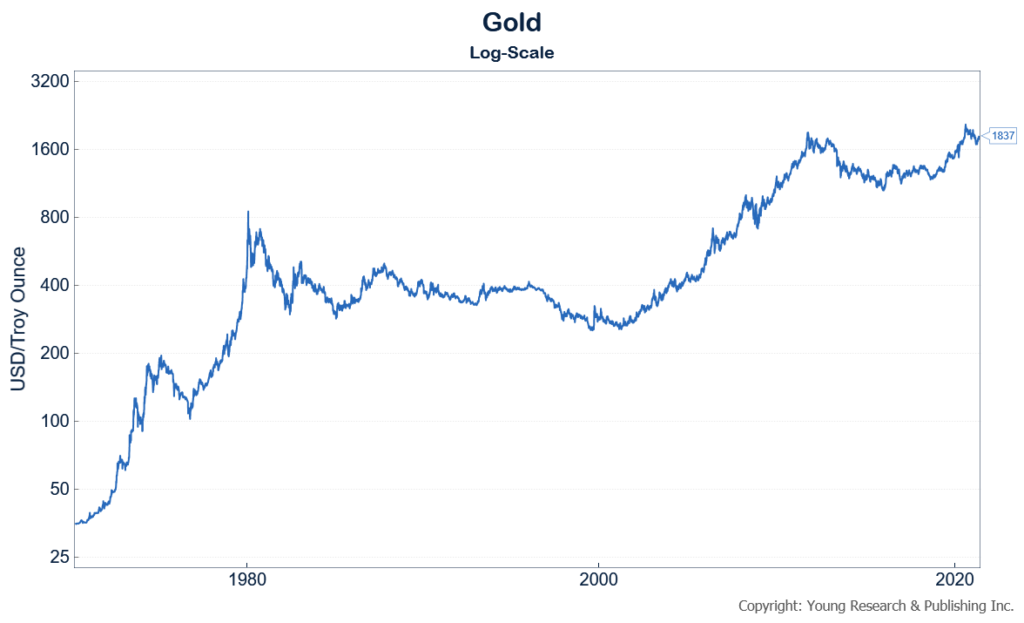
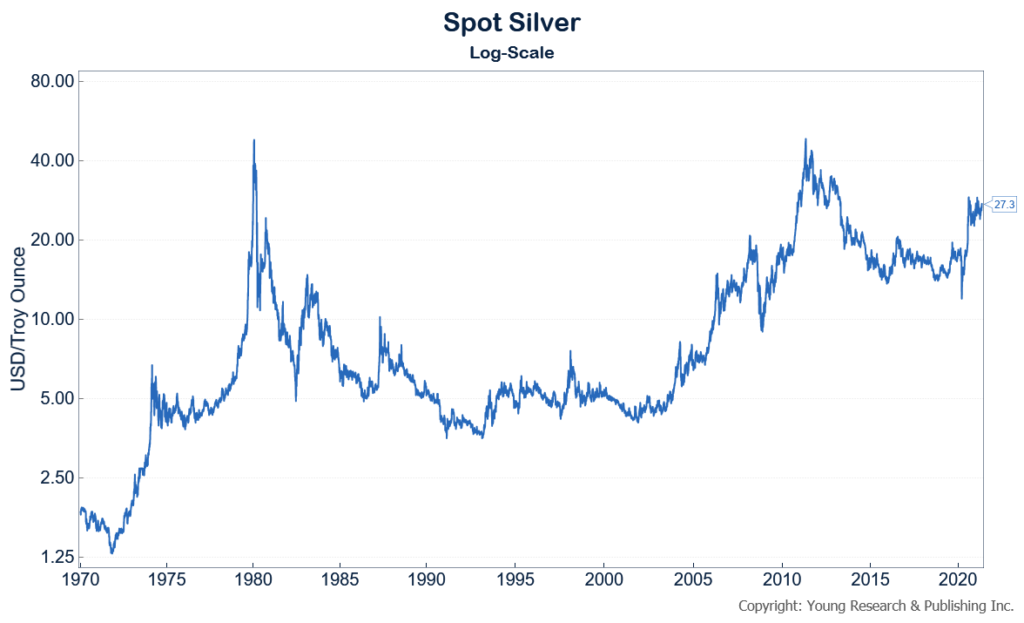 Originally posted on Young’s World Money Forecast.
Originally posted on Young’s World Money Forecast.
